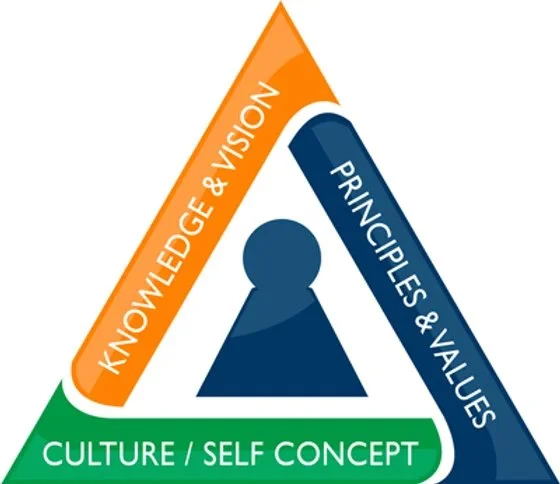Culture Drivers – Accountability and Character
What drives culture? Maybe the correct questions are: Who drives culture? What is culture? In addition, does culture matter?
Let us start with defining #culture. At Base Results, we define culture: the way we communicate with stakeholders (internal and external) and the overall “feeling” others get when they interact with us. Organizations often have a desired culture and reality may not line up. In our football program, we have an expectation of what it means to be a Bulldog. This includes the way our teammates, fans and the opponents see us on Friday nights, the way teachers and students see us in the hallways and the way our families, friends and the community interact with us off the field.
Players and coaches all have an understanding of the desired culture that we want to “drive” and understand that we each have a role in how we want others to “feel” about us. Each player and each coach needs to understand the magnitude of how we communicate and interact. As the head coach, I ultimately set the expectations and communicate (drive culture) the desired culture, but for me to do what’s best for the program long term, building a sustainable culture that belongs to the program and not only me, depends on our ability to engrain the culture into our DNA or our BASE. How we “frame culture” is where the magic comes to life. Framing culture comes from reinforcing the Character and the Accountability of our team.
The Base Model shows us that 1) Character (where Principle and Values meet Culture) and 2) Accountability (where Knowledge and Vision meet Culture) are the two things that drive culture in all groups, whether these groups are football programs, companies, organizations etc. The process of building consistent principles and values created openly and collaboratively builds our character today but also allows us to know the character belongs to the group (team) and not just to the leader (head coach). When the players, the community, the students, teachers and administrators collaborate to the character, we are built to last.
Accountability demonstrates where our knowledge and vision meets our culture. What this means is how well do I/we do the things we are expected to do in our roles? If I am the offensive coordinator and I have not adequately prepared my game plan for a Friday night, this effects our culture. If I am a linebacker and I did not rest well and ultimately did not perform well, this affects our culture. Holding others and ourselves accountable drives culture as does not holding ourselves accountable. We just do not like those results!
This clearly starts to shape the question, who drives culture? The who is you! Everyone in any organization, company team, or family has opportunities to choose to be a culture driver. The leader certainly has the most influence (especially as you are establishing a culture in the restructuring process). Successful CEOs, coaches, teachers, managers develop and drive a culture based upon developing meaningful relationships built on trust. The way you build trust is to be accountable and of great character.
As a 20-year veteran head football coach, I have seen a change in the trust that kids initially have entering our program. What has changed? Why do coaches/leaders not have the instant respect that they may once had in years past? Lack of trust. What do kids/adults see in the news? Leaders making poor choices and getting into trouble. The so-called professions that were once respected have been tainted by poor decisions by those in power. How do we regain that trust in our leaders? Aligning our principles with the things that are valued and important to us, and making decisions based upon these principles. When someone makes choices/decisions that go against his/her principles, a character gap occurs which fractures a team’s/company’s culture. This character gap causes major trust issues within the team and can be a culture killer. Being consistent with decisions that align with your principles and values will play a major part in building sustainable, trusting relationships amongst team members.
In our football program, as we evaluate the knowledge and vision side of our BASE, we look at things such as: 1) what is our knowledge of our stakeholder’s needs and expectations of our program – the players will have needs and expectations and so do the coaches of their players. The teachers and administration of the school have needs and expectations of our program and we as a program have needs and expectations of them. Our community at large has needs and expectations on and off the field. We have needs and expectations of them. How do we know (not guess) what these needs and expectations are? How do we best align our work to meeting and exceeding expectations of stakeholders? 2) We also look at the industry – or where is high school football/football in general heading and how do we align our program to be ready as football evolves? 3) What knowledge and skill sets do we need to possess to be successful to reach our desired results? Do we need training, new staff, development of players in different areas?
In your work, do you know and understand who your stakeholders are (internal and external)? Do you know the needs and expectations of your staff? Customers? Suppliers? How do you know? How do you make them measurable and hold yourself accountable to meeting and exceeding expectations (Accountability)? Do you have documented, collaborative and well-understood principles and values? Do your actions personally and collectively reflect these or do we see gaps in your Character?
At Base Results, helping companies see their BASE tangibly allows them to better align their work to building the culture and business results they desire. Evolving your business as industry standards evolve is essential in sending the message to your stakeholders that you are committed to constantly improving your knowledge and vision within your craft. I have been fortunate to have coached some successful offenses over the years. We have evolved each year and have adapted based upon our personnel and new, innovative ideas that we research and try out ourselves. If every season or every business meeting is the “Same old, same old” then you need to ask the question is your culture aligning with the CURRENT industry knowledge? Are you gaining knowledge in a way that is supported by established/desired culture? If not, then an accountability gap occurs within your organization/team.
Focusing on closing these two gaps will be a big step in developing and fostering a positive culture in whatever line of work you are involved in. Our base results strategy model focuses on how to tighten the corners of your organization and to ensure you are showing progress in an ever-evolving world.
In closing I wanted to share with you something I heard Coach Tressel, current Youngstown State University President and former head football coach of the Ohio State University, say at a recent dinner function. Coach expressed that he wants his players and coaches to always be curious and that he too always wonders what better methods are out there to help himself become more successful. Ask yourself: Are you curious? Are you allowing your team members to express their curiosity as well? I have always made it a point to encourage input from team members whether it be players and coaches within our football program or our executive board at Parker’s Purpose. No matter what industry you are involved with, having the principle of allowing input and going with the best idea no matter who it comes from, will strengthen that trust that we all are seeking as leaders.
Todd Drusback is a Lead Strategist at Base Results LLC. He brings years of experience to the BASE team as a culture and fundraising specialist. Currently, Todd is an educator and the Head Football Coach for the Rossford Bulldogs. Todd is also the co-founder and President of Parkers' Purpose—a not-for-profit that brings awareness and funding to families with sick children.


